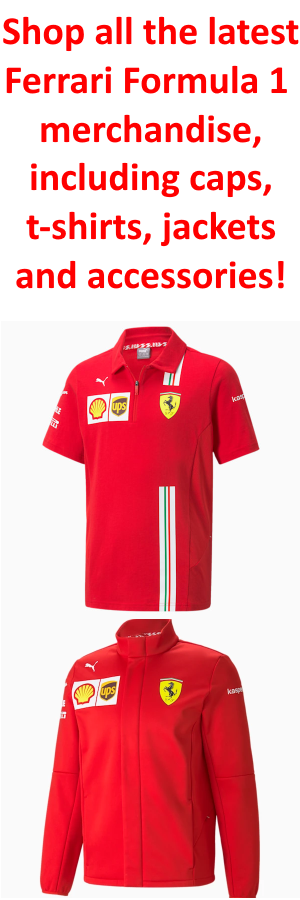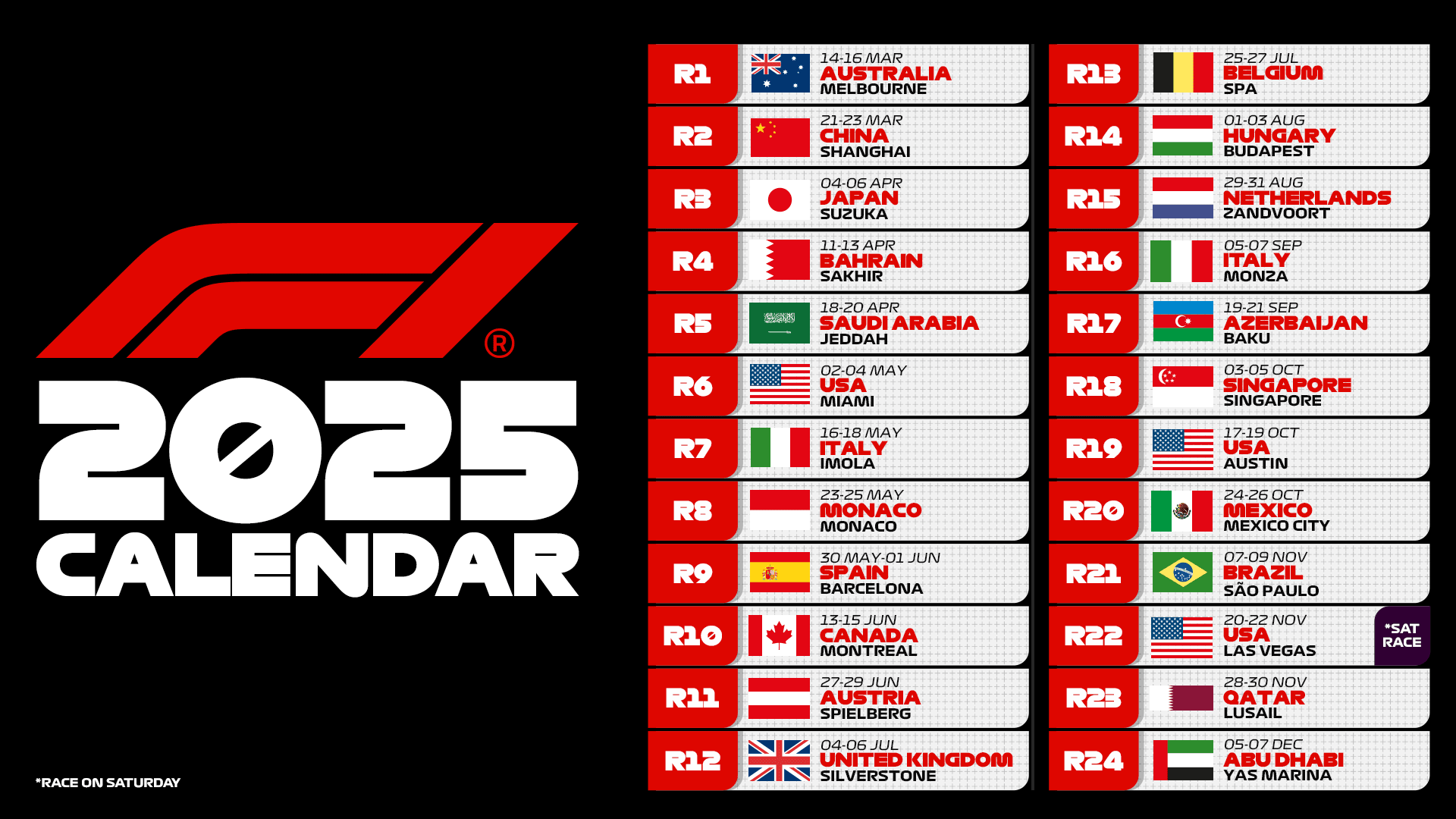We had predicted that the Italian Grand Prix would bring a lot of excitement. We had said that strategies would remain uncertain until the end of the race. We also thought that the winner could be someone unexpected, but honestly, no one at Ferrari believed it before the Monza race.
The strategy outlook we discussed yesterday morning with Pirelli was accurate. The soft tires were almost unused; the only one to use them was Lance Stroll for just two laps at the end, but he didn’t even manage to set the fastest lap (which would have been pointless anyway as he finished P19). With the new track surface and high temperatures, there were concerns that graining would be decisive in choosing between one or two stops, and on this point, we were right, though not entirely.
The track temperature reached over 50°C, and Monza’s new, adhesive surface caused a lot of graining, not only on the mediums but also surprisingly on the hards. No one had tested this tire over the weekend to preserve as many sets as possible for the race, and the wear on them was far greater than expected.
This led most teams to prefer a two-stop strategy, except for a few risk-takers, including Ferrari, who gambled on a single stop and gained a significant advantage over their rivals. Charles Leclerc won unexpectedly, Carlos Sainz secured fourth place in support of his Maranello teammate, while Albon and Magnussen managed to finish in the points, with Kevin doing so despite a 10-second penalty for his contact with Gasly.
Strategy Recap
Before we proceed, let’s take a look at the situation with the usual strategy recap. On a one-stop Medium-Hard strategy, we had the winner Leclerc, followed by Sainz, Albon, Magnussen, Colapinto (who finished a brilliant debut in 12th place, 13 seconds from the points, and will replace Sargeant for the remaining races of the season), Ricciardo, and Zhou.
On the opposite Hard-Medium strategy, we had Ocon and Bottas, both outside the points. On a two-stop Medium (C4)-Hard (C3)-Hard (C3) strategy, we had Piastri, Norris, Hamilton, Russell, Alonso, Gasly, and Hulkenberg. Meanwhile, on Hard-Hard-Medium, we find Verstappen and Perez. The only one with a different strategy was Stroll, on Hard-Hard-Medium-Soft. Tsunoda was the only retirement after an early-race contact.
Charles Leclerc’s Masterpiece, McLaren Deceived by Hard Tire Wear
Without focusing too much on the numbers, let’s explain where Ferrari’s and especially Charles Leclerc’s masterpiece came from. First of all, at Monza, the race pace among the top teams seemed quite close on Friday, but today McLaren and Ferrari had a slight edge over their rivals. Norris got off to a good start but was then caught off guard by Piastri at the braking point of the second chicane, with the Australian taking the lead of the race. Leclerc also took advantage of this momentary lapse to move up to P2. The Ferraris were not expected to be so close to the McLarens, especially since Russell started from P3. George took himself out of contention by making a mistake at the braking point of the first chicane, dropping to seventh place.
Show your support for Scuderia Ferrari with official merchandise collection! Click here to enter the F1 online Store and shop securely! And also get your F1 tickets for every race with VIP hospitality and unparalleled insider access. Click here for the best offers to support Charles and Lewis from the track!
The top ten at the second lap of the Italian GP were as follows: Piastri in the lead, followed by Leclerc, Norris, Sainz, Hamilton, Verstappen, Russell, Perez, Albon, and Alonso. What allowed Ferrari to win the race? Mostly, it was a risk. The strategists approached the race knowing that there could be significant graining on the mediums and, depending on its severity, would decide whether to go for one or two stops.
The fact that Russell was one of the first to pit (on lap 11) to switch to the hard tires, knowing that Mercedes had been one of the best cars in terms of tire management, likely set off alarm bells for everyone. The warnings grew louder when, after fitting the hard tires, teams noticed graining on the C3s as well. This led most of the top teams to opt for two stops, except for one—Ferrari.
As long as Ferrari was on the same strategy as McLaren, they showed a good pace, very similar to Piastri and Norris. Charles Leclerc lost second place to Lando during the pit stop. When switching from mediums to hards, the C3 white tires, due to the high track temperatures, quickly entered the correct operating window, and Lando managed to pass Charles with an excellent undercut.
However, noticing the graining on the C3s, nearly half the field decided it was better to make the most of the tires by going for two stops instead of managing them. Ferrari, however, with Charles Leclerc in third and Carlos Sainz in fourth before McLaren’s final pit stop, decided to take the risk. In their minds, there were two clear paths: “either it works, and we bring home a victory, maybe even with a double podium, or we finish third and fourth, in the exact positions we’re in now.” This was probably their thinking.
They had nothing to lose, and they went for it. The result? Carlos Sainz struggled with tire issues about two-thirds into the stint and had to give up the podium, finishing fourth. Carlos Sainz managed to clean up the graining and lap at Charles Leclerc’s pace towards the end, but by then, he had already been overtaken by the McLarens, and it was too late.
Charles Leclerc, on the other hand, consistently maintained a steady pace of 1’23″5, even though he was up to 1.5 seconds slower than Piastri at times, which allowed him to win the race with a comfortable margin. The Monegasque driver finished with a 2.6-second gap over Oscar.
Some say that Sainz contributed to Charles Leclerc’s victory. To a small extent, yes, but not decisively, at least according to the writer. Carlos found himself blocking Piastri’s charge towards the lead during lap 44. Looking at the data, we can say that the Australian managed to get past the Spaniard in about a lap and a half. This slowed him down, but not excessively so. If Carlos hadn’t been there, Piastri might have caught up to Charles at the very end, but it would have been difficult for him to challenge for the lead.
Leclerc Makes the Difference
In the end, Carlos Sainz didn’t gain much from the strategy. The single stop forced him to manage the tires even more and perform miracles. The difference this time was made by Charles Leclerc, who managed the tires masterfully. No one did it better than him in the Italian Grand Prix.













.png)

Leave a Reply